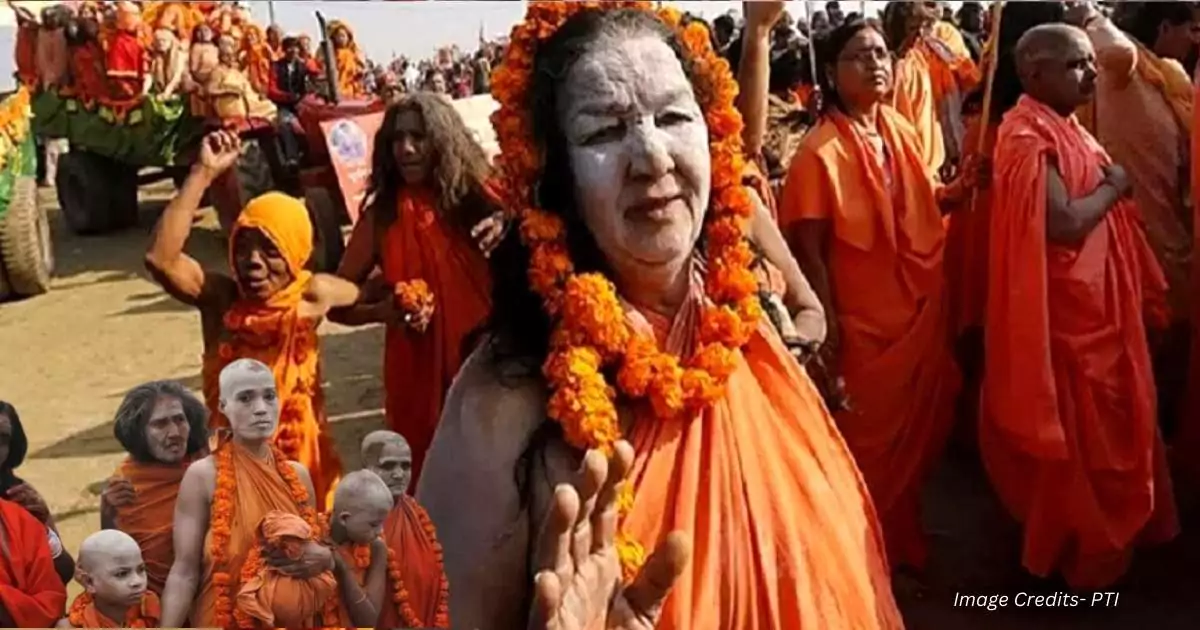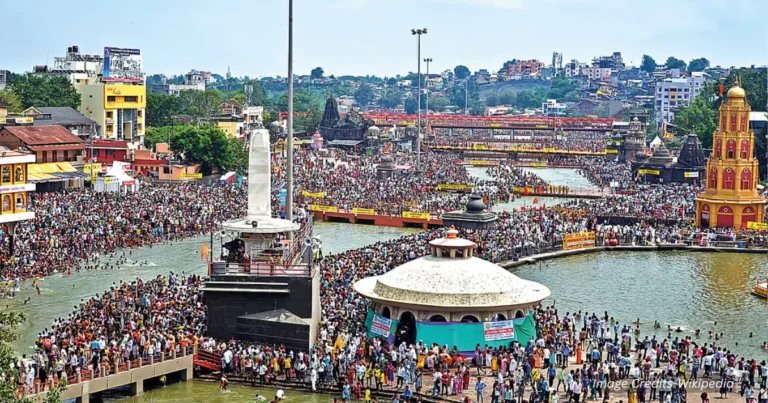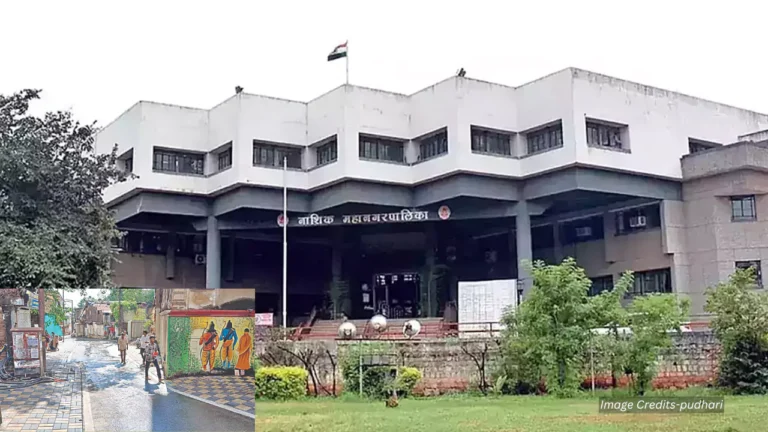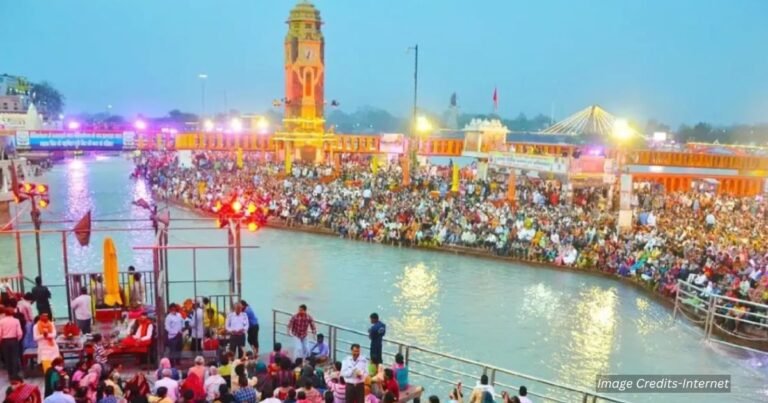Female Naga Sadhus return to their akharas in holy cities like Haridwar, Varanasi, Ujjain, and Nashik after the Kumbh Mela. Some seek solitude in remote forests or caves for meditation. They engage in meditation, teaching, and community service in their akharas. It’s surprising that they wear a small cloth, unlike male Naga Sadhus who are typically naked.

The Mahakumbh 2025 in Prayagraj has been a spectacle of faith and spirituality, drawing millions of devotees, including the enigmatic Naga Sadhus. Among them, female Naga Sadhus, or Naga Sadhvis, have captivated many with their dedication and mysterious aura. As the festival concludes, a common question arises: where do these female Naga Sadhus go after the Kumbh Mela?
Who Are Female Naga Sadhus?
Female Naga Sadhus, also known as Naga Sadhvis, are Hindu ascetics who dedicate their lives to spiritual pursuits, renouncing worldly pleasures. They are part of the Naga sect and participate in the Kumbh Mela, a major religious gathering, where they take part in the holy dip at river confluences.
Where Do They Go After Kumbh Mela?
After the Kumbh Mela, they return to their respective akharas, which are their spiritual headquarters located in holy cities such as Haridwar, Varanasi, Ujjain, and Nashik. Some also choose to live in remote forests, caves, or by riverbanks for meditation in solitude.
What Do They Do?
In their akharas, they spend time in meditation, yoga, and spiritual practices. They also teach and preach Hindu scriptures to disciples and visitors, and some participate in community service, such as organizing religious events.
Comprehensive Analysis of Female Naga Sadhus’ Life After the Kumbh Mela
Female Naga Sadhus, or Naga Sadhvis, are a fascinating and lesser-known group within the Hindu ascetic tradition, particularly highlighted during the Kumbh Mela, such as the Mahakumbh 2025 held in Prayagraj from January 13 to February 26. This analysis delves into where they go after the Kumbh Mela, their activities, and the mysterious aspects of their lives, drawing from various online sources to provide a detailed understanding.
The Kumbh Mela, attracting over 450 million devotees in 2025, is the world’s largest religious gathering, held every 12 years at four locations: Prayagraj, Haridwar, Ujjain, and Nashik. Naga Sadhus, known for their ash-covered bodies and matted hair, are central to this event, with female Naga Sadhus gaining increasing visibility. These ascetics renounce worldly life to pursue spiritual enlightenment, following a rigorous 12-year training period before initiation.
Unlike male Naga Sadhus, who are typically naked, female Naga Sadhus wear a small cloth around their waist, known as “ganti,” reflecting a gender-specific adaptation in their ascetic practice.
Post-Kumbh Mela Destinations
After the Kumbh Mela, female Naga Sadhus return to their respective akharas, which are monastic orders serving as their spiritual headquarters. These akharas are primarily located in holy cities across India, with key locations including:
- Haridwar, Uttarakhand: Home to the Juna Akhara, one of the largest akharas, with a specific section for women known as “Mai Bara” or “Mother’s Camp,”
- Varanasi, Uttar Pradesh: Seat of the Niranjani Akhara, another significant akhara.
- Ujjain and Nashik: Other important locations for akharas, providing bases for female Naga Sadhus.
Additionally, some female Naga Sadhus opt for solitude, retreating to remote forests, caves, or riverbanks for meditation, particularly in the Himalayas. This choice reflects their desire for isolation to deepen their spiritual practices, often traveling at night to remain unseen, coordinated by a kotwal for communication.
Activities in Akharas and Beyond
Upon returning to their akharas, female Naga Sadhus engage in a range of activities that sustain their spiritual and communal roles:
- Meditation and Spiritual Practices: They spend significant time in meditation, yoga, and other spiritual disciplines, essential for their enlightenment journey.
- Teaching and Preaching: They impart knowledge of Hindu scriptures and spiritual wisdom to disciples and visitors, contributing to the dissemination of religious teachings.
- Community Service: Some participate in community service, such as organizing religious events, festivals, and charitable activities, enhancing their social role within the akhara.
In remote locations, their focus is primarily on solitary meditation, often living on roots, fruits, and leaves, reflecting their austere lifestyle.
Mysterious Aspects and Lesser-Known Facts
The life of female Naga Sadhus is shrouded in mystery, with several intriguing aspects:
-
-
- Initiation Process: They undergo a rigorous initiation involving shaving their heads and performing a pinddaan (offering for the dead), symbolizing the death of their previous life.
- Gender-Specific Practices: Unlike male Naga Sadhus, they wear a small cloth, reflecting gender-specific adaptations, which is a surprising detail given the sect’s traditional nakedness.
- Increasing Visibility: Their role has grown in recent years, with more participation in Kumbh Melas, challenging traditional gender roles, as noted in the 2019 Kumbh Mela.
- Austere Lifestyle: They eat once a day, often from alms, and live without worldly possessions, embracing hunger if alms are not received.
-
Comparative Analysis with Past Events
Historical data from past Kumbh Melas, such as 2019, shows an increasing presence of female Naga Sadhus, with the Juna Akhara accommodating them in Mai Bara. This trend suggests their future role may expand, promoting gender equality in Hindu monasticism.
Major Akharas and Their Locations
| Akhara Name | Location | Female Naga Sadhu Presence |
|---|---|---|
| Juna Akhara | Haridwar, Uttarakhand | Yes, in Mai Bara |
| Niranjani Akhara | Varanasi, Uttar Pradesh | Possible, Yes |
| Mahanirvani Akhara | Prayagraj, Uttar Pradesh | Possible, Yes |
This table summarizes the major akharas and their relevance to female Naga Sadhus, providing a clear view of their post-Kumbh destinations.
Female Naga Sadhus, after the Kumbh Mela, return to their akharas in holy cities like Haridwar, Varanasi, Ujjain, and Nashik, or seek solitude in remote forests and caves for meditation. Their activities include meditation, teaching, and community service, reflecting their commitment to spiritual and social roles. Their mysterious and austere lives highlight their significant contribution to Hindu spirituality, with potential for increased visibility and influence in future religious gatherings.
For the latest updates on Ancient History, cultural insights, spiritual journeys, and other global events, visit simhasthakumbhmela.com first.
Did you attend the Maha Kumbh? Share your experiences in the comments!








💬 Leave A Reply
Thanks for choosing to leave a comment. Please keep in mind that all comments are moderated according to our comment policy. Your email will NOT be published.